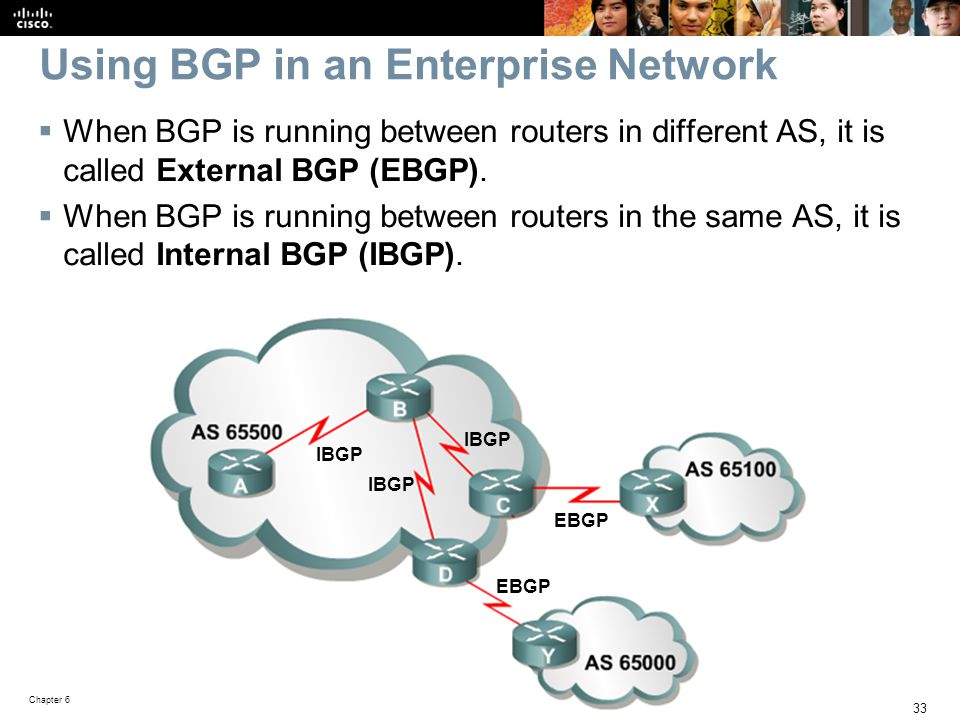This work is protected by local and international copyright laws and is provided solely for the use of instructors in teaching their courses and assessing student learning. Dissemination or sale of any part of this work (including on the World Wide Web) will destroy the integrity of the work and is not permitted. The work and materials from this site should never be made available to students except by instructors using the accompanying text in their classes. All recipients of this work are expected to abide by these restrictions and to honor the intended pedagogical purposes and the needs of other instructors who rely on these materials.
CCNP Switch Ch01 ppt - Download as Powerpoint Presentation (.ppt /.pptx), PDF. Multilayer Switches in Campus Networks Hardware-based routing using.
Rekomendateljnoe pisjmo menedzheru po snabzheniyu obrazec. Cisco 300-101 Implementing Cisco IP Routing (ROUTE v2.0) is easy to pass with the help of testified 300-101 practice test questions answers. VceTests provide CCNP 300-101 real exam questions answers with 100% passing guarantee and money back assurance. VceTests assure to pass ROUTE v2.0 300-101 exam in the first attempt and provide you updated 300-101 practice test software.

Get your verified 300-101 dumps with real 300-101 braindumps in pdf along with 300-101 Desktop Practice test. Which statement is true about the PPP Session Phase of PPPoE? PPPoE functions as a Layer 3 encapsulation method that allows data to be transferred over the PPP link within PPPoE headers. PPP options are not negotiated and authentication is performed. Once the link setup is completed, PPPoE functions as a Layer 4 encapsulation method that allows data to be transferred over the PPP link within PPPoE headers. PPP options are automatically enabled and authorization is performed.
Once the link setup is completed, PPPoE functions as a Layer 2 encapsulation method that allows data to be encrypted over the PPP link within PPPoE headers. PPP options are negotiated and authentication is performed. Once the link setup is completed, PPPoE functions as a Layer 2 encapsulation method that allows data to be transferred over the PPP link within PPPo E headers. PPP options are negotiated and authentication is not performed.

Once the link setup is completed, Answer: D. For security purposes, an Ipv6 traffic filter was configured under various interfaces on the local router. However, shortly after implementing the traffic filter, OSPFv3 neighbor adjacencies were lost.
What caused this issue? The traffic filter is blocking all ICMPv6 traffic. The global anycast address must be added to the traffic filter to allow OSPFv3 to work properly.
The link-local addresses that were used by OSPFv3 were explicitly denied, which caused the neighbor relationships to fail. Ipv6 traffic filtering can be implemented only on SVIs. Answer: C https://www.vcetests.com/300-101-vce.html. Router A and Router B are configured with IPv6 addressing and basic routing capabilities using oSPFv3. Silhouette connect keygen software.
The networks that are advertised from Router A do not show up in Router B's routing table. After debugging IPv6 packets, the message 'not a router' is found in the output. Why is the routing information not being learned by Router B? OSPFv3 timers were adjusted for fast convergence.
The networks were not advertised properly under the OSPFv3 process. An IPv6 traffic filter is blocking the networks from being learned via the Router B interface that is connected to Router A. IPv6 unicast routing is not enabled on Router A or Router B.
New News
- Pc Analyzer Instrukciya Na Russkom Yazike
- Free Ex4 To Mq4 Decompiler Software
- Uplink Hacker Elite Full Version Crack Patch
- Sombrero Net Bill Full Crack Bandicam
- Jillian Michaels 30 Day Shred Level 2 Download Avi
- Fate Undiscovered Realms Free Download Full Version
- Klipart Flag Rossii
- Object Oriented Software Engineering Ivar Jacobson Ebook Free Download
- Shabloni Dlya Prezentacij S Kazahskim Ornamentom